The Arts and Cultural Centre of Fortaleza is named after a well known Brazilian: Francisco José do Nascimento, a fisherman who led the resistance against slavery in Brazil and earned the nickname Dragão do Mar. Ceará was the first state in Brazil to abolish slavery.
It’s an understatement to say that the architects of the Dragão do Mar Center (Delberg Ponce de Leon and Fausto Nilo) architected a creation characterized by bold lines and contradictions.
On one hand you have walkways, cafes, theatres, museums, archways, and an observatory — all with strong lines, interesting features, and a shiny newness about them.
Each are surrounded by the work of artists — paintings, statues, and tile work that would make the most ardent of tile lovers rub their hands together and giggle in glee.
On the other you have old Portuguese houses converted into restaurants and bars. On the outside they are bright and interesting, inside they show their age.
It doesn’t matter, however, because music, buskers, street artists, and gads of people fill the area after dark — and there’s little need to be inside any of the buildings.
The area is relatively safe during the day and there seems to be constant activity. However, it’s not best to wander around outside the boundaries of the cultural centre at night. Crime is common and prostitutes walk the streets.
One prostitute went so far as to hail a cab for two co-workers who decided to walk back to the hotel. “It’s not safe,” she said and they thought it best to heed her warning.
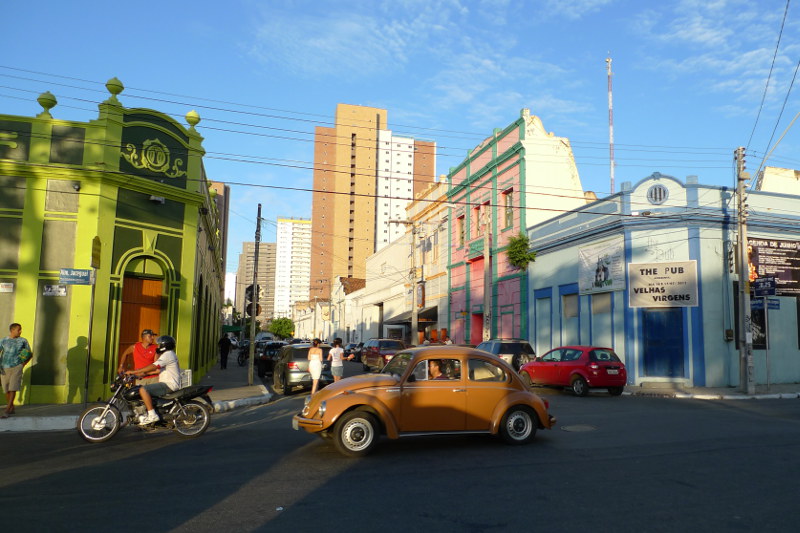
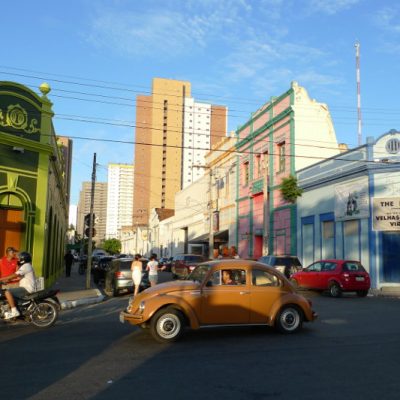
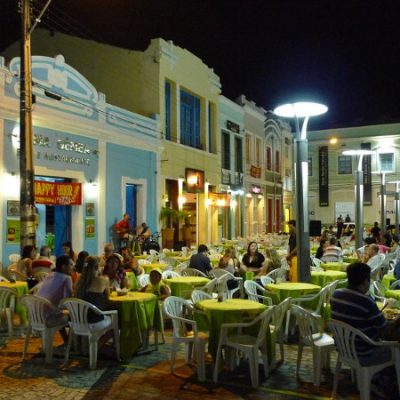
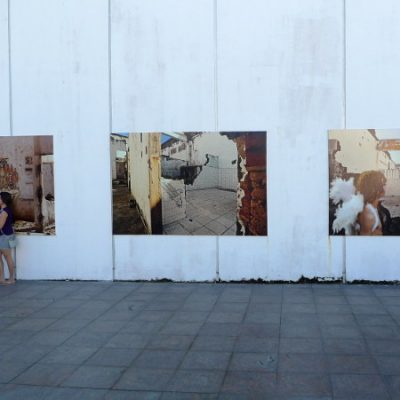
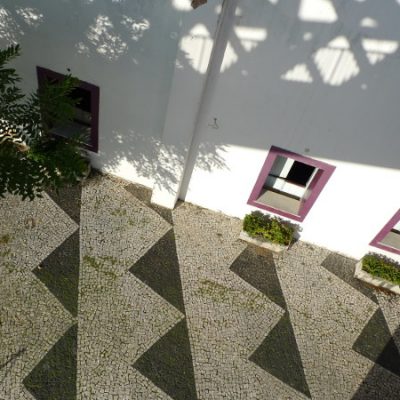
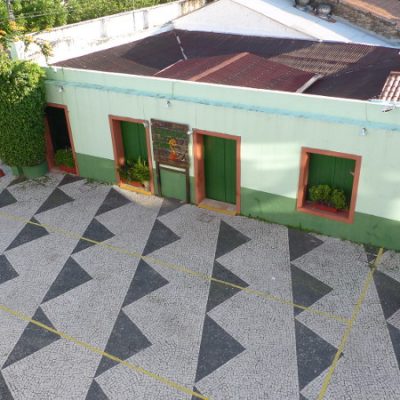
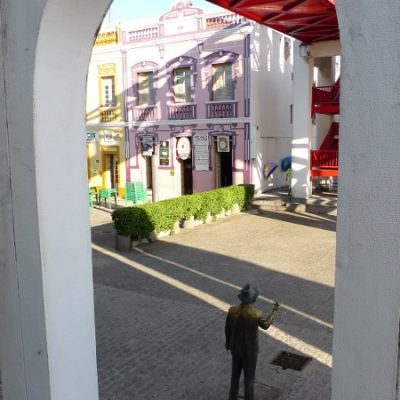
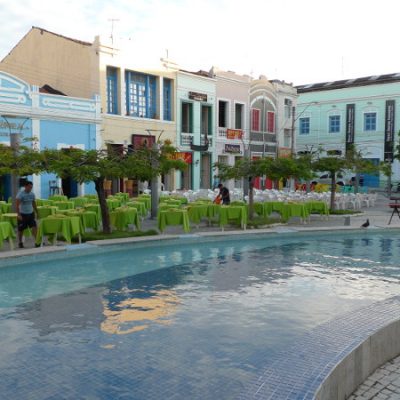
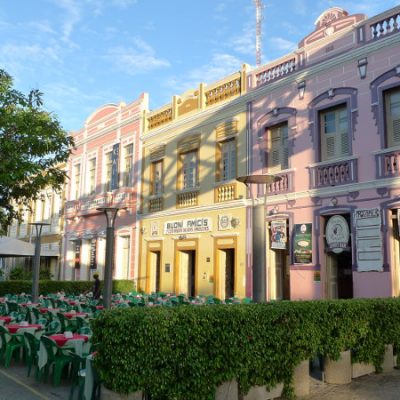
0 comments on “Dragão do Mar Center”Add yours →